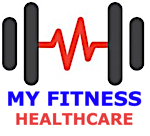No matter what you do for a living, your wrists, forearms and elbows take on quite a bit of work throughout your life. So much work that over time without doing forearm stretches, you might cultivate wrist and elbow pain.
Whether you’re typing at a desk, playing tennis, working out or taking on another task, these parts of your body get a lot of use. You may not even realize just how much until you experience wrist, elbow and forearm pain in your daily life.
Luckily, there are several forearm stretches you can do to help lessen discomfort and pain right now. Here are the top movements, as recommended by a physical therapist.
5 Forearm Stretches for Wrist Pain and Forearm Pain:
The following simple forearm stretches are best for improving tennis elbow, golfer’s elbow and carpal tunnel syndrome. In addition to these stretches, you might also opt to wear an elbow compression sleeve to support the joint while you work out.
1. Wrist Flexor Stretch
What the research says: In one study, a patient with carpal tunnel syndrome performed three release exercises, including wrist flexor stretches, over the course of four weeks. Results show these stretches decreased pain, especially when completed in a supine position (laying down on your back.)
2. Wrist Extensor Stretch
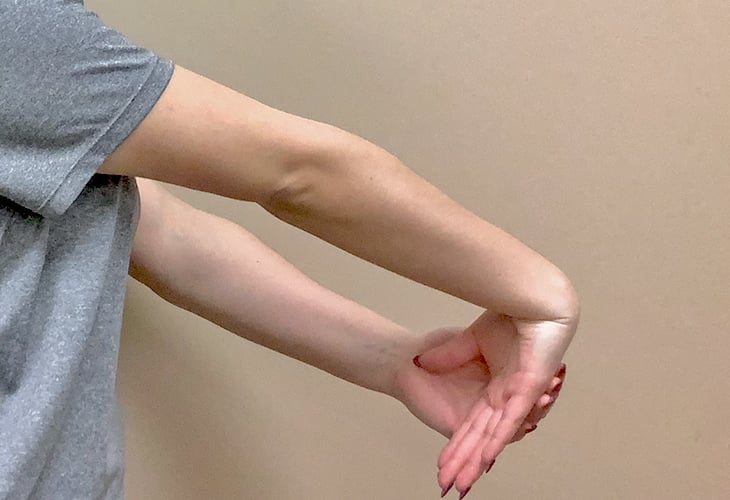
What the research says: In a study of nine people with tennis elbow, participants completed wrist extensor stretches. All participants showed a significant decrease in pain.
Suffering From Elbow Tendonitis? Use This Yoga Sequence to Help Your Tennis Elbow
3. Bicep Stretch
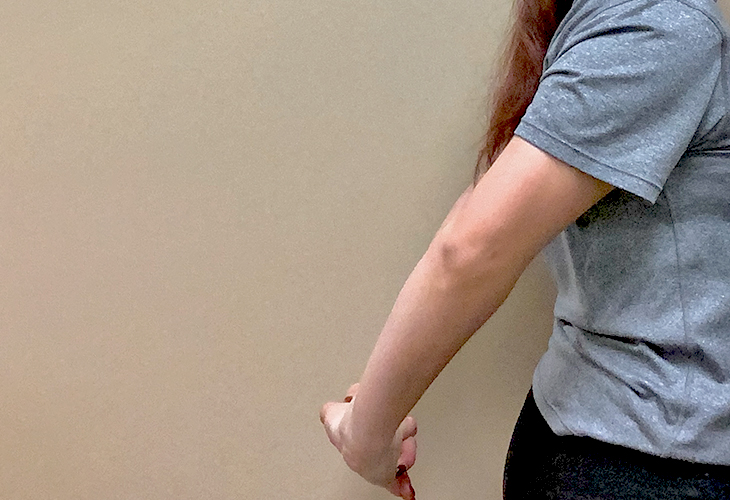
What the research says: Having tight biceps can limit the range of motion of your elbow extension, which can feel uncomfortable. By stretching the bicep, you increase flexibility and mobility.
4. Pronator Stretch
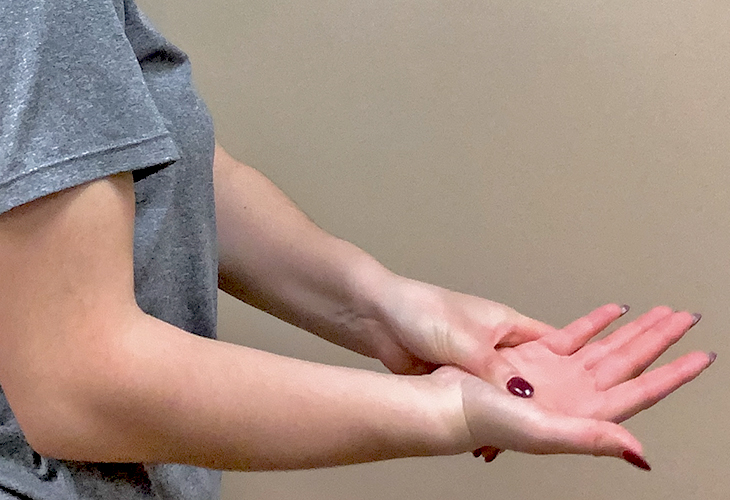
What the research says: According to the National Library of Medicine, completing exercises to strengthen and stretch the flexor muscle in the forearm, like a pronator stretch, can help symptoms of golf elbow go away sooner than if left alone.
5. Supinator Stretch
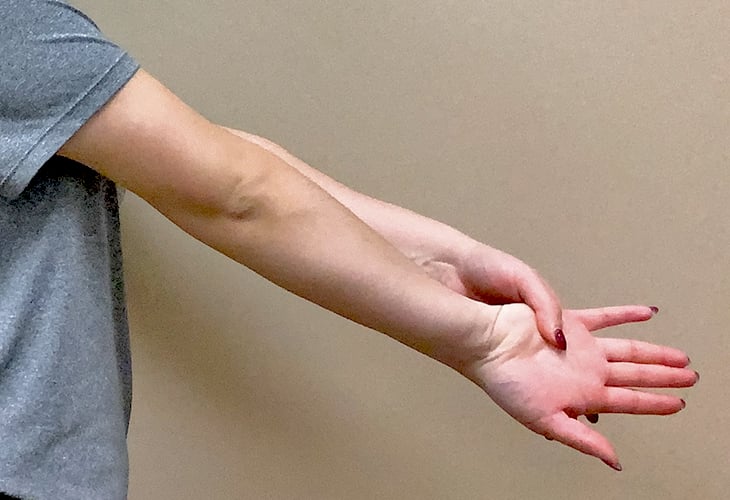
What the research says: The National Library of Medicine notes the importance of active stretching for your wrist flexor muscles, like completing supinator stretches, to improve mobility in your arm and wrist.
How to Avoid Forearm Overuse Injuries
While the above forearm stretches are great for improving your condition after injuries, it’s important to take measures to avoid overusing your forearm muscles and developing forearm pain in the first place. Here’s how.
Always Warm Up With Forearm Stretches
Avoid starting recreational activities with tight forearms. Instead, warm up each time with dynamic stretching.
Take a Full Body Approach
The body is a complex system of muscles, ligaments, tendons and more. It’s best to focus on whole-body strength and conditioning rather than just certain muscles. While it’s important to build forearm strength, you should be supporting those muscles with the rest of your body, too.
Talk to Professionals
Whether you’ve done a certain form of exercise for years or you’re completely new to it, it’s always a good idea to seek the advice of professionals to ensure you’re using the proper form. That goes for both sports and recreational activities.
And don’t let an existing painful injury get worse. Get help from a physical therapist as soon as you can for the best results.
Take a Break
We tend to spend a lot of our time stuck in the same positions. Whether you’re sitting at your desk in the office or doing the same repetitive motion in golf, it’s important to give the body a break and change up your posture, even if for a little while.
You might also consider using a cold therapy machine after exercise or during these rest breaks. Cryotherapy can help reduce pain and swelling in new or existing injuries.
Consider Ergonomics
The way you hold yourself throughout the day also has a big impact on your joints and muscles. Check in with yourself regularly while standing or sitting to make sure you’re maintaining proper posture.
Use These 7 Yoga Poses to Improve Your Posture in Just 30 Days
Considering ergonomics can also help. Make sure your desk and chair are set up so your arms are straight in front of you, your wrists are relaxed, and your elbows are bent at a 90-degree angle.
Use These Forearm Stretches and Injury Prevention Tips for a Healthier You
Elbow, wrist, and forearm pain is no laughing matter. While the above forearm stretches can help, it’s the preventative steps you take in your daily life that really makes all the difference.
All included information is not intended to treat or diagnose. The views expressed are those of the author and should be attributed solely to the author. For medical questions, please consult your healthcare provider.
Add This Total-Body Strength and Conditioning Class For Ultimate Wrist and Forearm Health
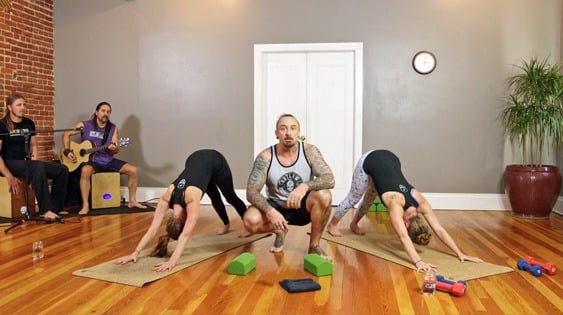
Yoga Class
With Justin Kaliszewski
One of the best ways to prevent further injury and to support your wrist and forearm health, is by complementing the above wrist and forearm stretches with a whole-body strengthening and conditioning class. Check out this YA Class Strong Body, Quiet Mind for a fun, bold and fresh approach to your time on the mat. Always warm up, listen to your body, and, if you are working with any injury, please modify!
